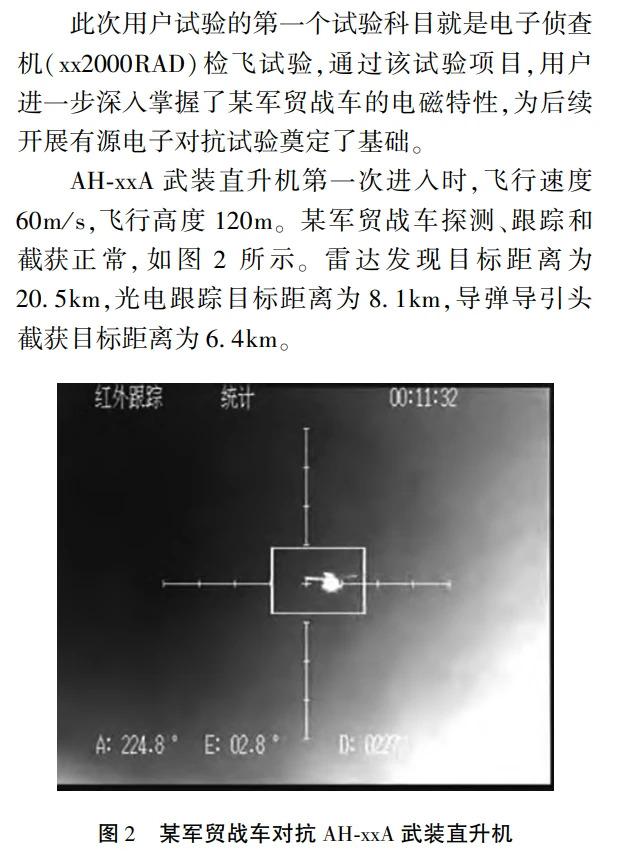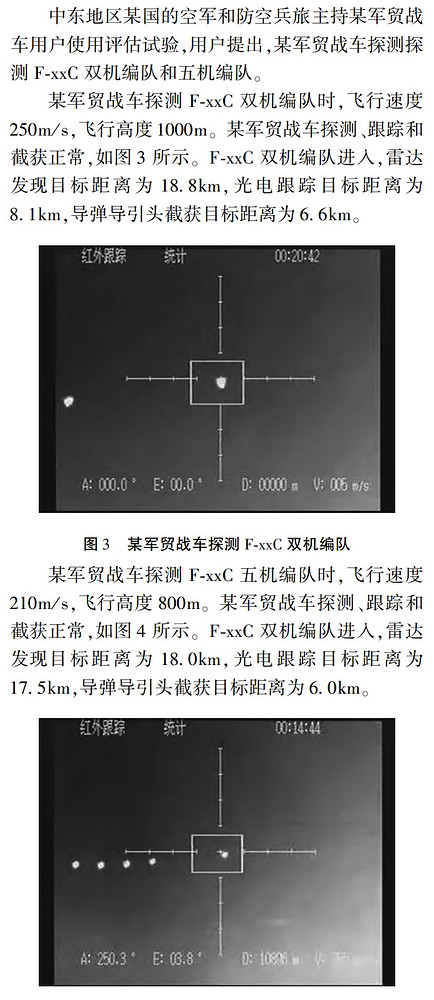too busy these days.
Then maybe I can try when I have the time
Please do
I’m going to go ahead and draft one just to see what sources we’ve got.
The interview mentions some information about SD-10A, such as its 100km range capability.
Also it mentions that the delta-V of SD-10 (not SD-10A) is over mach 3 (1020m/s).


Thanks for the post. Other than the SD-10 parameters, I also found the “generic target” parameters and the explanation of what 0km means interesting.
Is the Aspide 1A missile the only Fox 1 missile that can be directed to a jamming zone? I mainly play the Chinese and a lot the J8B in sim I noticed for a very long time that the Aspide 1A missile manages to hit the targets even when the radar of the J8B was in distress because of the chaff, I tested other missiles of the AIM 7 family (except the P version) and having tested them all I find that the Aspide 1A is the best AIM 7 of the game, it may not have the range of the AIM 7M but in a situation where the enemy plane chaffs enormously with evasive maneuvers I find that the Aspide 1A has more chance of hitting
while doing research I learned that the Aspide 1A was probably equipped with a “HOJ” (home-on-jam) and one of the only other missiles identified with a HOJ in the sparrow family is the AIM 7M and P, difficult at my level to make real comparisons or to find all the information I turned to an AI which confirmed to me that the Aspide 1A was technologically more advanced than the latest version of the AIM 7 and which also confirms my feeling
but with all the parts that I was able to do I notice that the Aspide 1A is the only Sparrow that will cross chaff to hit its target if the missile is close enough
(I would like to point out that the Aspide 1A can guide itself alone in the terminal approach phase without radar detection from the firing aircraft and in a chaff environment.)
I’m writing a suggestion post on PL-12A(E) and found this from last year’s airshow. Pretty much confirmed that PL-12A is in PLAAF service as well.

Some interesting details on how far can a land based TY-90 system lock on AH-64A and F-15C, proving again how badly the heli’s heat signature has been modeled in the game.
This says more about the seeker of the TY-90 than the heat signature
Well it does suggest the range to acquire lock is closer between F15 and AH64A IRL than in game, which would have been more like 4 vs 10 km.
Good luck with that line of thinking when trying to get these changes implemented. I think it needs more proof, and even then would be questionable to the devs.
We weren’t discussing something to be implemented, cause afterall these are subject to specific conditions. We are just saying these things show how low are the heat signatures of heli compared to IRL, where lock ranges could have been a lot higher.
And I already said this says nothing of the heat signature of the helicopter, only of the capability of the seeker.
Why not?
Relative lock range between the two target types is quite indicative of their relative heat signature, which should also be reflected in the game.
Sure the lock range ratio might slightly differ based on seeker, but it’s still a good indicator and should be taken into account given how scarce such data are.
Because you do not know the waveband in which they are similar, nor have I seen you show any math suggesting you’ve done anything to ascertain that information.
IR lock range in the game is based on the heat source (engine, fuselage etc) and is similarly modeled for all targets and seekers, regardless of the emission spectrum of various targets and spectral sensitivity of various seekers.
clearly it’s the aircraft envelope heating. Fot F-15, it’s heated by air friction, while for AH-64, it’s probably engine gas heating aircraft envelope and heat conduction from engine.
Air to air missiles use a large variation in infrared wavebands to detect targets. The Magic 2 for example has two specific wavebands which are known and the ranges for a Mirage 3 type target are used to find that range in the game.
The stat card ranges for infrared seeker detection in the game are all based on a MiG-15 target detection range instead. So if you want to show that the TY-90 is underperforming in detection range against F-15’s in that specific engagement, or against AH-64s likewise, then that is all you can do.
There is no argument that the F-15 or AH-64 are over or underperforming in heat emissions based on the information above, only proof that the seeker is sufficiently cooled within that rangeband to detect said targets. Without further knowledge of the seeker you simply will not derive an accurate understanding of the emissivity of the aircraft in question.
That all being said I could go back years and show you comments of my own complaining that Gaijin’s modeling of infrared emissions in the game is complete crap and the infrared missiles are all severely underperforming since their first addition to the game.

